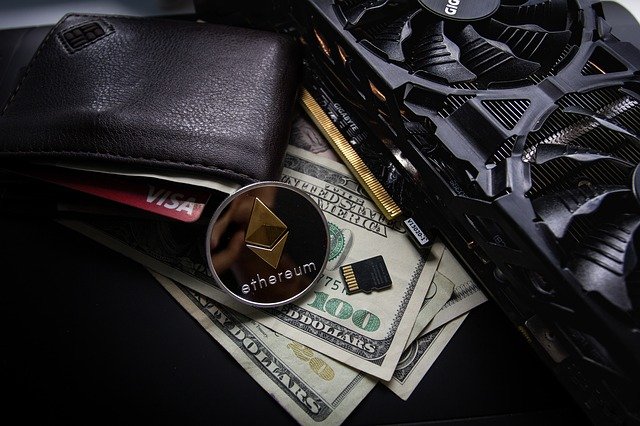
NFT and digital registries, similarities and differences.
NFTs (non fungible tokens), are unique collectible digital items and involve a specific way of marketing a numbered digital work. A digital registry of copyright declarations helps to prove ownership of the works being sold.
An NFT identifies a digital file that represents a work with specific characteristics and conditions. It indicates who sells to whom what related to that work, or the work itself. In this way, it can be proved that this item can be used by whoever buys it with previously established conditions.
The example is quite clear in digital art emulating what would be done in a physical art gallery. Someone likes a work, in this case digital, and buys it. As it is a digital element it must be unequivocally identified, so an NFT is created with conditions of use. This usually means that whoever buys the work can declare it as his property – not his authorship, let’s not forget – and then be able to sell it, exhibit it, etc. . It may also include a remuneration in the form of a commission to the original creator of the work for these successive sales.
Exclusive exploitation rights are not being granted, at least not necessarily. This could well be granted following this scheme depending on the type of work .
How is it similar to the registration of copyright declarations?
We believe it is important to differentiate concepts. A digital registry, such as Safe Creative, includes elements related to blockchain and allows identifying a specific item of a digital work. It is not oriented to sell that item. A registry system must be independent of the commercialization made of the work in order not to enter into an ethical conflict of interest.
An NTF platform, while it can generate proof of who claims to own the rights to a digital item, is not necessarily a system based on proving original authorship of the work. It focuses on the commercialization of a particular publication by the person claiming to be able to do so.

In the case of sale of works, considering that what is created there is a proof of authorship would enter into the ethical conflict of being the one who pretends to prove the rights and at the same time distributes the money.
Thus, indirectly, there are common elements, but notable differences.
A registry, such as Safe Creative, is based on creating early proofs, even of versions, and even before finishing the work that is a candidate to be published. This is essential to avoid problems in case someone is tempted to sell our work as NFT without permission.
So should I be using NFT platforms?
Any creator can use the means she or he considers to put his work in value. Logically, depending on the type of work, the rights holder himself and what he wants to achieve. NFT platforms can be better or worse adapted, or can be complemented with other licensing systems. We must not lose sight of the fact that, depending on the type of work, artificially limiting the availability of “authorized” copies can work against the author. An example of this is music. But it all depends, since it is perfectly possible to give certain rights in exclusivity for high prices.
If we are talking about digital art it can make a lot of sense. It is always good to be clear about what you are giving up, and what you are not.
It is very important to separate the “hype” from the real and practical utility that can undoubtedly occur for some types of works and specific creators. Before using NFT platforms, it is advisable to think carefully about what you want to achieve and the consequences of using these systems.
If I use an NFT platform do I need to register my authorship somewhere?

When a work has commercial potential, there is a growing possibility that it may be plagiarized or sold in unscrupulous NFT systems. Having early, independent evidence to help prove authorship is critical in the face of future challenges and conflicts.
But also to have elements that reinforce and give guarantee to the platforms themselves that they are working with the original author of the works. In Safe Creative you can also have proof of previous and unfinished versions of the work. All these elements reinforce the presumption of authorship.
Conclusion:
Like any business model, the NFT system will suit some artists and types of creation better than others. It is, like all models, destined to stay. Its use will be moderated in order to really do what can be of clear benefit to creators and audiences. As with any form of business, there will always be those who want to take advantage of the original work of other creators. Therefore, more than ever, an independent digital registry, which allows early registration of evidence of authorship, is the key element to defend the rights of authors, both to prevent misuse and to verify the real origin of the works.
